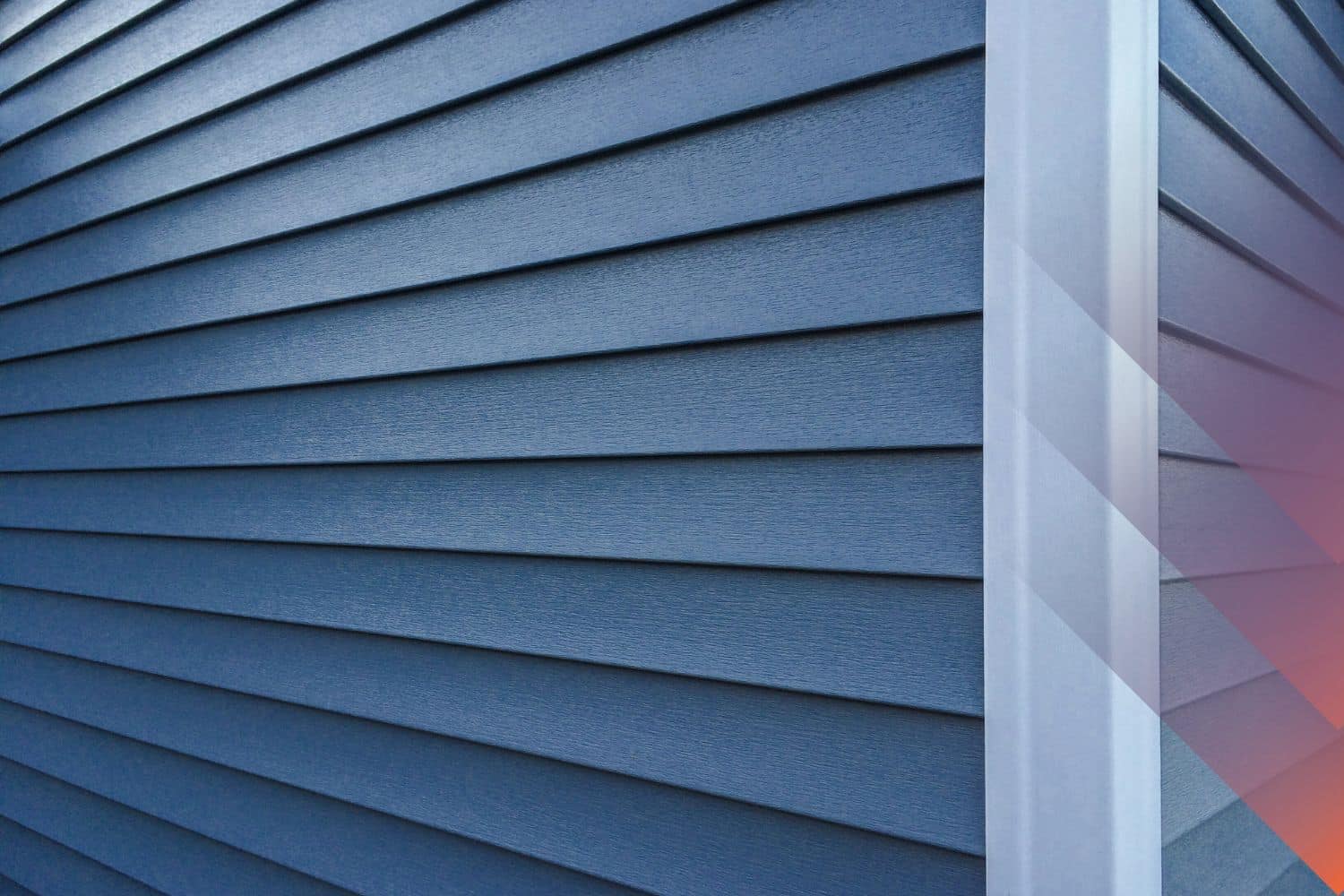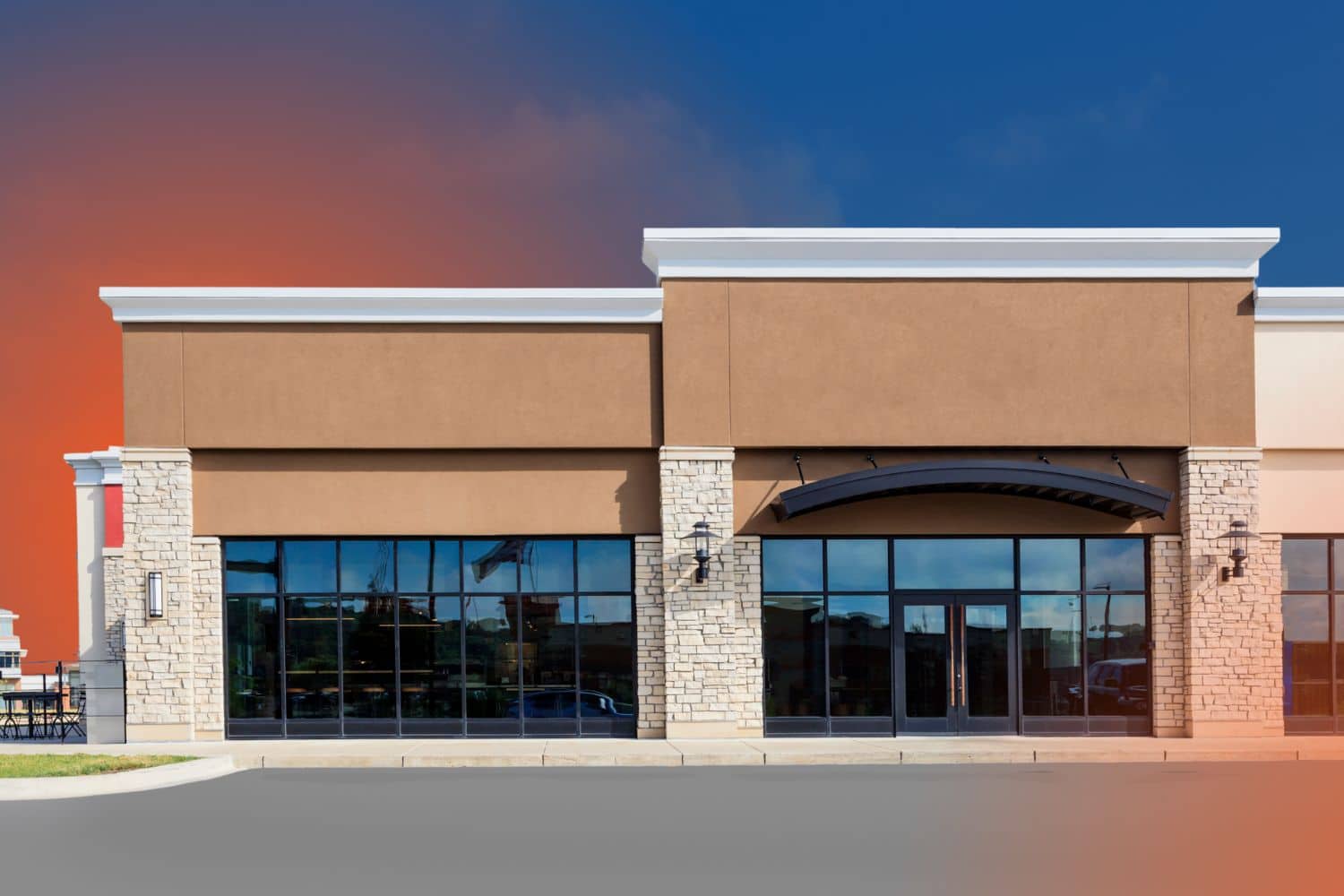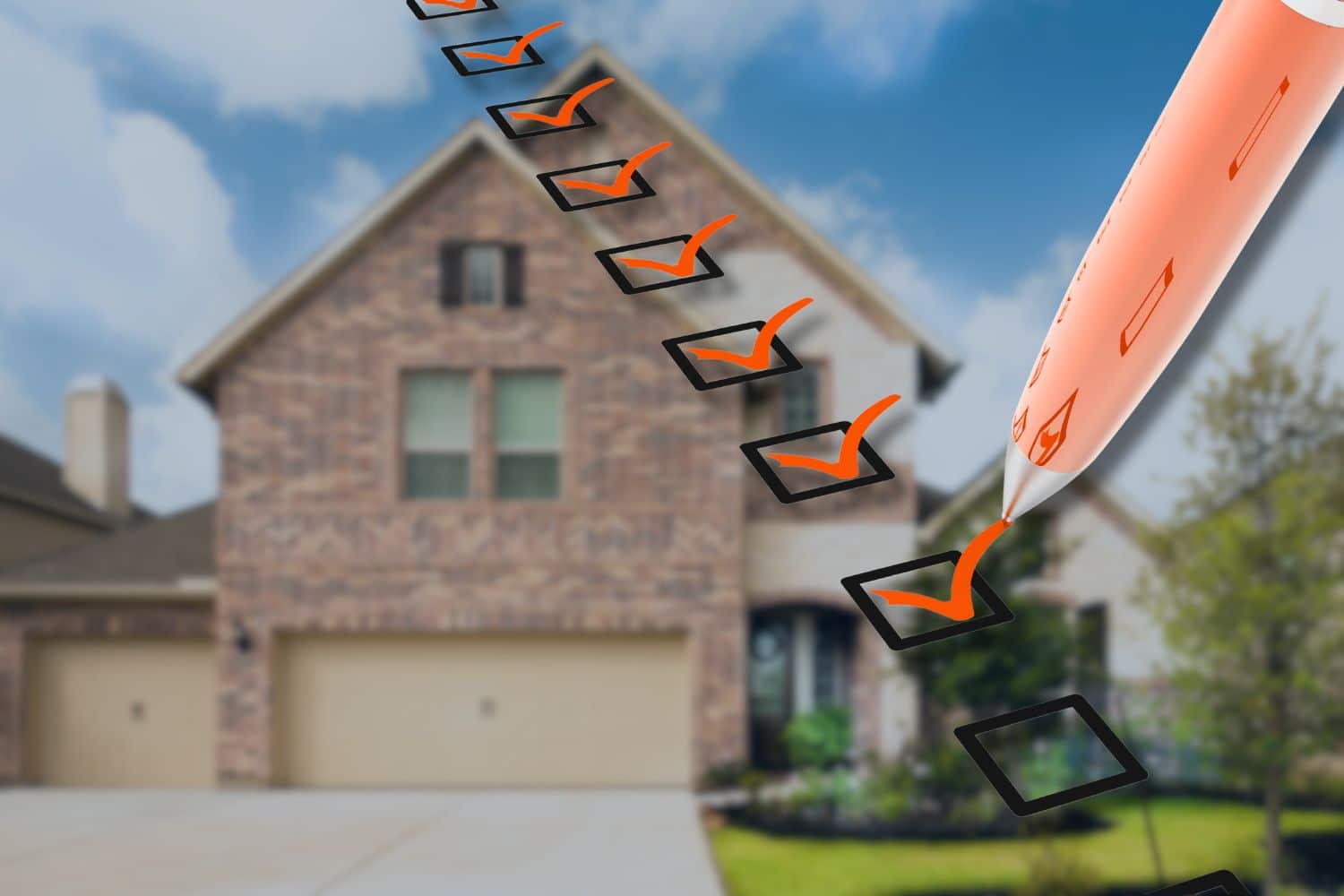In warm, humid climates, homes and siding have a lot to deal with, and the types matter. Between moisture, heat, storms, and strong sun exposure, it takes more than curb appeal to make the right siding choice.
The wrong material can absorb water, trap heat, and break down faster than expected. At that point, you’re not just dealing with cosmetic issues. Water damage, mold, and pest problems can follow.
That’s why siding selection matters. A smart choice now can prevent major repairs later and help your home hold up in tough weather for years to come.
Table of Contents
ToggleWhat Helps Siding Hold Up in Humidity
When moisture hangs in the air and summer heat hits hard, some materials and types of siding fail faster than others in tropical homes. Siding in these conditions needs to do three key things:
- Keep water out without trapping it inside
- Stay stable during extreme heat or temperature swings
- Resist mold, mildew, and pests
It also helps if it requires low maintenance and doesn’t fade or peel after just a few seasons. That combination isn’t easy to find, but there are several strong options that check most of the boxes.
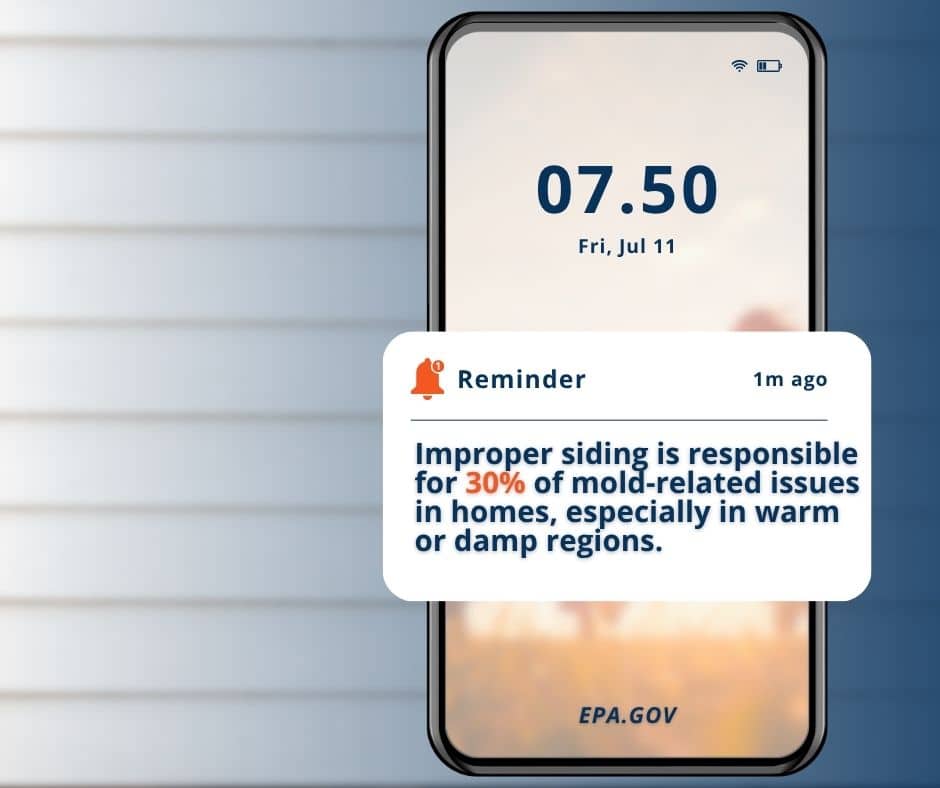
1. Fiber Cement Siding
Fiber cement is one of the best all-around choices for challenging climates. It’s made from a mix of cement, sand, and wood pulp, giving it durability and resistance to moisture without sacrificing appearance.
This type of siding holds up well in wet environments. It won’t rot, warp, or attract insects, and it resists fire better than wood or vinyl. Many homeowners choose fiber cement for its clean look and long-term value.
The key is proper installation. Poor spacing or missing caulking can lead to leaks. Paint also plays a big role in keeping it sealed and protected over time.
2. High-Performance Vinyl Siding
Vinyl gets a bad rap sometimes, but higher-grade vinyl siding performs well when installed correctly. Thicker panels with built-in UV protection are better suited for humid climates than cheaper versions.
It doesn’t absorb moisture, and it expands and contracts with the weather. That flexibility helps prevent cracking, as long as it’s given room to move.
Problems usually come from poor installation. When vinyl is nailed down too tightly, it can warp or buckle. Lack of airflow behind the panels can also lead to trapped moisture, especially if there’s no drainage plane underneath.
3. Engineered Wood Siding
Engineered wood combines the look of natural wood with better resistance to moisture and insects. It’s made by compressing wood fibers or strands with resin and adding treatments that protect against rot and mold.
This siding tends to be lighter and easier to work with than fiber cement. It can be painted, stained, or textured to match a range of home styles.
The biggest risk is poor sealing or letting the bottom edges sit too close to the ground. Once water gets into an unsealed cut or seam, swelling and damage can spread quickly.
4. Stucco (Synthetic or Traditional)
Stucco is a common choice in many warm-weather regions. Traditional stucco is made from cement and sand, while synthetic versions like EIFS (Exterior Insulation and Finish Systems) add a foam layer for insulation.
When installed with proper drainage and sealed openings, stucco provides a smooth, continuous surface that resists water and blocks heat.
Cracks, bubbling, or stains can show up when installation shortcuts are taken. Sealing around windows and adding a weep screed along the base can help prevent trapped moisture.
5. Metal Siding (Aluminum or Steel)
Metal siding types are becoming more popular, especially on modern or industrial-style homes. Aluminum and steel both offer excellent protection against moisture and pests.
They’re non-combustible, reflect heat, and last a long time with minimal maintenance.
The main issues we see with metal include rust around fasteners or seams and dents from hail or yard equipment. It’s also important to install a moisture barrier underneath, since metal alone doesn’t stop condensation from forming.
Siding Types That Struggle in Humid Areas
Some siding materials look great but simply don’t hold up well in hot, wet climates unless they’re constantly maintained.
Traditional wood siding is a good example. While beautiful, it absorbs moisture quickly and needs regular sealing or painting.
Thin vinyl siding can also fail. Lower-grade panels crack easily, fade faster, and trap water behind them if not vented properly.
Unsealed masonry, like brick or stone, may also struggle if it lacks proper drainage systems behind the wall. Weep holes and flashing are critical to preventing trapped water and hidden damage.
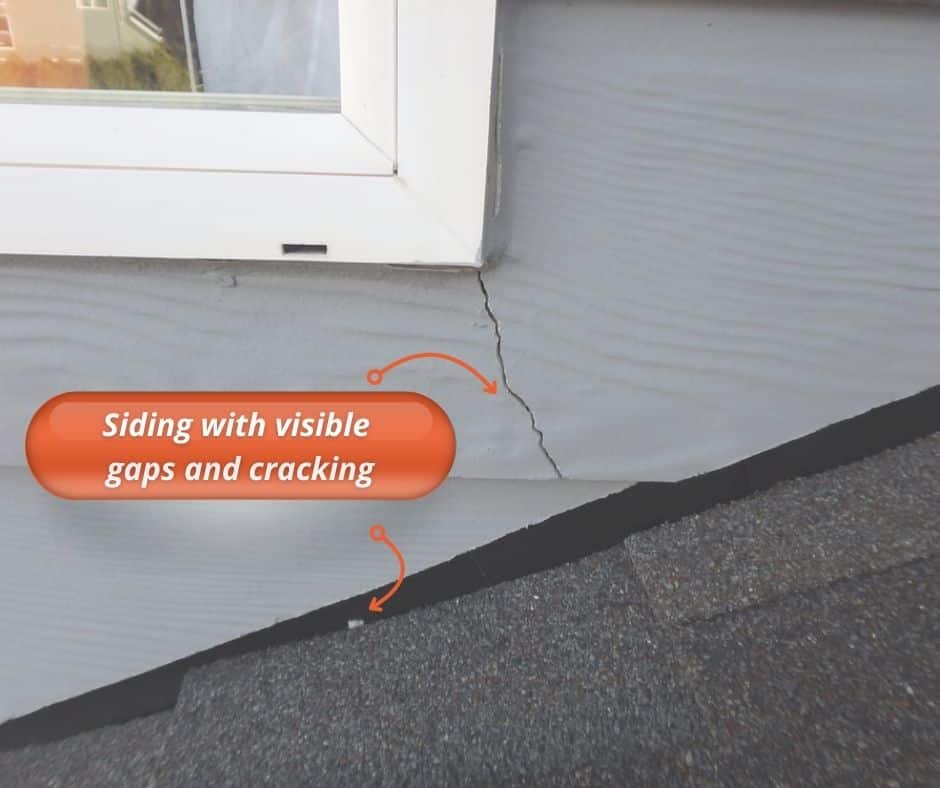
What Home Inspectors Look For
When we inspect siding, we look at more than just appearance. The goal is to spot early signs of failure before they lead to bigger issues.
We check for:
- Gaps or buckling
- Soft spots or spongy areas
- Water stains or bubbling paint
- Rust or corrosion near fasteners
- Poor clearance from the ground or roof
We also check around doors, windows, and joints where water is most likely to get in.
Related Questions
Can siding help with energy efficiency?
Yes. Some materials, like insulated vinyl or EIFS stucco, help reduce heat transfer and can lower cooling costs.
Should I replace siding before selling a house?
If it’s damaged or outdated, yes. New siding improves curb appeal and can prevent inspection issues.
How long does good siding last?
With proper installation and care, many types last 20 to 50 years or more. Paint, caulking, and flashing all play a role in extending the life.
Can all siding problems be seen from the outside?
Not always. Some moisture issues hide behind panels and only show up when damage spreads. That’s why regular inspections matter.
When to Call a Professional
If your siding is swelling, cracking, or pulling away from the house, it’s time to talk to a professional. A siding contractor can help determine if repair or full replacement is needed.
If you’re buying or selling a home, a home inspection will give you a clear idea of the siding’s condition and whether it’s protecting the home the way it should.
Toward the end of the inspection, we often walk with the client around the home and point out siding trouble spots. These areas may not always require urgent work, but knowing what’s normal and what isn’t can save you from bigger problems down the line.
Conclusion
There are plenty of types of siding, but not all are ideal for homes in humid climates. It’s about protecting your home from water, heat, pests, and time.
For homeowners in humid or tropical climates, siding needs to do more than look good. It has to last.
At Centex Inspection Services, we help you understand whether your siding is helping or hurting your home’s overall performance. If you’re unsure about what you’re working with (or what to choose next) we’re here to help.

